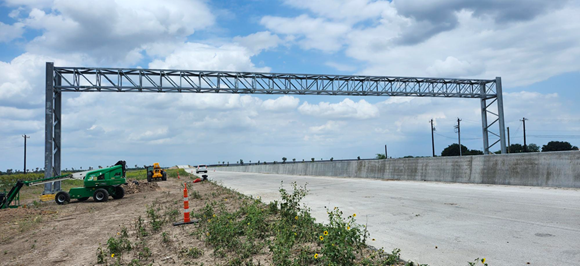As of yesterday, more than 100,000 drivers that used the Alaskan Way Viaduct per day are now able to use the new SR 99 Tunnel to travel to and from downtown Seattle.
On the weekend of February 2-3, 2019, the city of Seattle celebrated the opening of the SR 99 Tunnel and the closing of the Alaskan Way Viaduct with a grand opening event which included a ribbon cutting ceremony, tunnel walk, 8K fun run, STEM activities, bike ride through the tunnel and a festival on the Viaduct, to mention a few. But it wasn’t until February 4, that the tunnel opened to traffic.
The 1.7-mile (2.8km) deep-bore tunnel is replacing the 1950s-constructed Alaskan Way Viaduct, which suffered minor damage during the 2001 Nisqually earthquake and was vulnerable to collapse in case another earthquake took place.
With safety as its primary objective, WSDOT decided to embark on its replacement and awarded the Alaskan Way Viaduct Replacement Project to STP (Seattle Tunnel Partners).
The tunnel, which features 2 lanes in both directions, is the largest doubled-decked tunnel in USA, carrying two lanes of northbound traffic on its lower deck and two lanes of southbound traffic on its upper deck. The SR 99 Tunnel is now considered as one of the smartest and safest tunnels ever constructed, in part due to SICE’s Advanced Traffic Management System Software, SIDERA, which controls and monitors roadside equipment and incidents.
This project, along with other major projects that SICE has been involved in, such as the Port of Miami Tunnel in Florida and WestConnex in Australia, positions and maintains the company as a world reference in this field.








